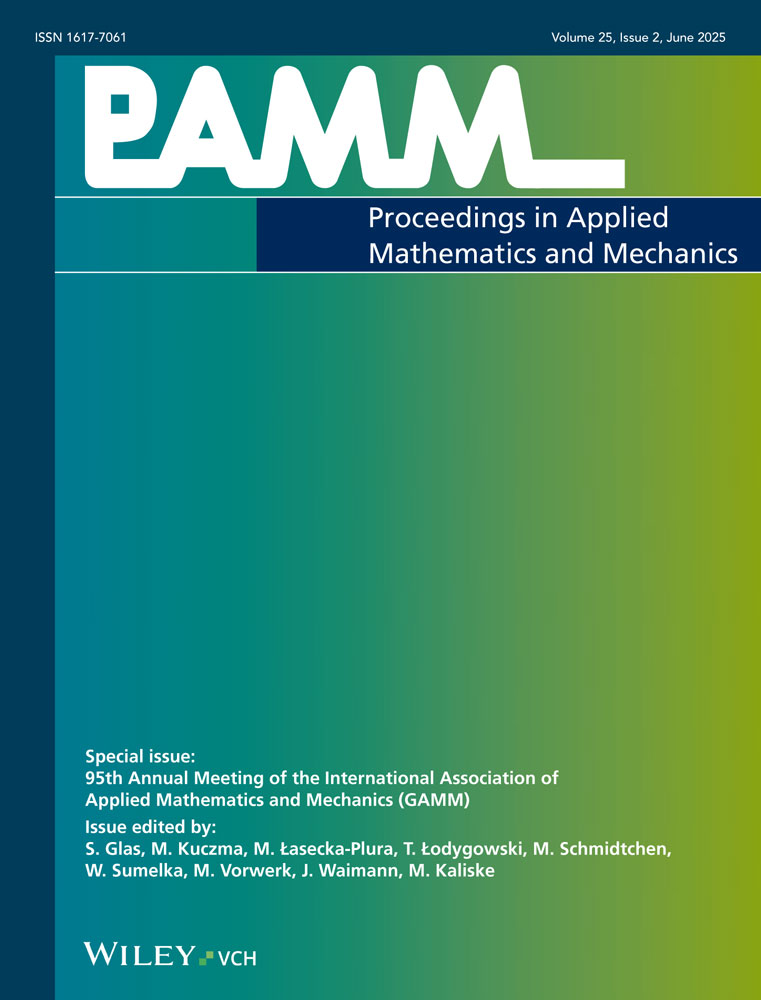Three-dimensional reconstruction of M. gastrocnemius contraction
Abstract
There exist many different approaches investigating the contraction mechanisms of skeletal muscles. Thereby, the mechanical behavior, such as force generation in association with kinematic and microstructure, play an important role in modeling of muscle behavior. Besides the mechanical behaviour, the validation of muscle models requires the geometrical environment, too. The geometry of a muscle can be divided into macrostructure, existing of aponeurosis-tendon-complex (ATC) and muscle tissue (MT), as well as the fascicle architecture, representing the microstructure of the MT.
In this study, the macrostructure of the isolated M. gastrocnemius was observed during isometric contraction by using three-dimensional optical measurement systems in combination with mechanical measurement techniques. The surface deformation was reconstructed at specific force and length relationships and further the muscle tissue, aponeurosis, and tendon were distinguished, building up a macroscopic geometrical dataset. (© 2016 Wiley-VCH Verlag GmbH & Co. KGaA, Weinheim)




